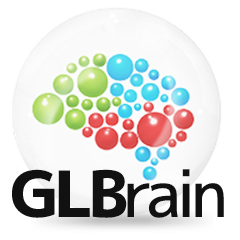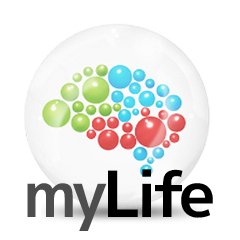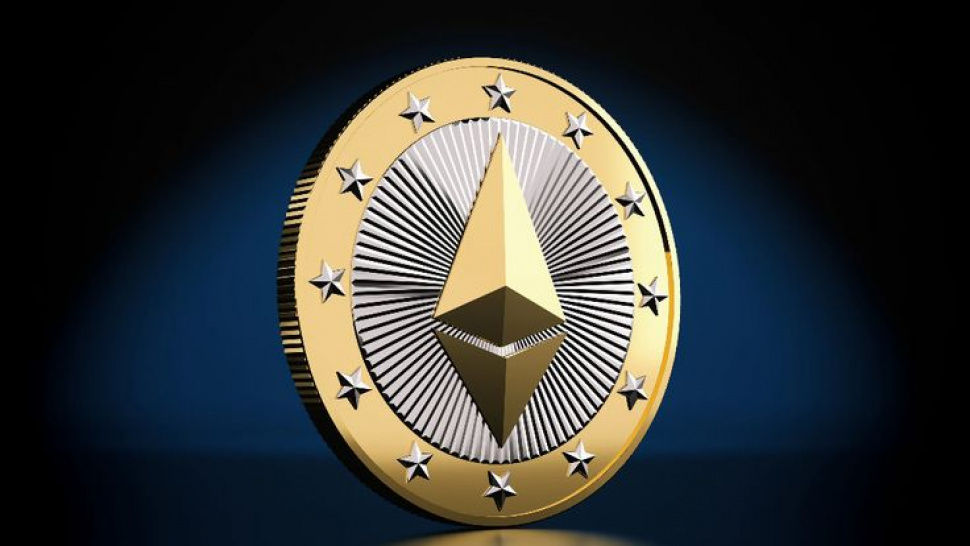Ethereum has significantly revolutionized the digital asset landscape with its smart contract functionalities, and the heart of this transformation is token standards. These standards define the characteristics of tokens that behave on the Ethereum blockchain, which enable developers to build applications.
The most widely used token ERC-20, laid the ground for numerous Decentralised Applications(dApps), DeFi protocols, and ICOs. But like any innovation, it also came with limitations. Over time, developers introduced the advanced token standards to fix these issues. One of the remarkable advancements is ERC-777, which offers greater flexibility, security, and functionalities. In this blog, we’ll explore the evolution from ERC-20 to ERC-777 and why it matters.
Why do we need Token Standards?
Token standards are important because all tokens follow the basic rules, enhancing the interoperability with wallets, exchanges, and dApps to work together smoothly. For developers, token standards allow for creating tokens faster and more safely with proven code.
ERC-20 (2015)
Purpose: Standard for fungible tokens, and every unit is interchangeable.
Benefits: It seamlessly integrates with wallets, DEXs, and dApps, and its simplicity has made it widely adopted.
Use Cases: ICOs, utility tokens, stablecoins (e.g., USDT, LINK, UNI).
ERC-721 (2017)
Purpose: This Standard was introduced for operating non-fungible tokens (NFTs).
Benefits: Enables unique digital assets with metadata and ownership tracking.
Use Cases: NFTs, digital art, gaming assets (e.g., CryptoKitties, Bored Ape Yacht Club).
ERC-777 (2019)
Purpose: Modern fungible token standard to improve upon ERC-20.
Benefits: Hooks for smart contract interaction, Operator-based transfers, Better UX, and safer interactions
Use Cases: Advanced DeFi tokens, enterprise-grade applications.
ERC-1155 (2019)
Purpose: A multi-token standard supporting both fungible and non-fungible tokens in a single contract.
Benefits: Efficient batch transfers, reduces gas usage, ideal for games and marketplaces
Use Cases: Gaming platforms (e.g., Enjin), digital collectibles, metaverse assets.
ERC-404 (Experimental, 2024)
Purpose: Hybrid standard attempting to combine fungible and NFT behavior (unofficial).
Benefits: Dynamic ownership, fractional NFTs, viral experimentation.
Use Cases: Emerging experimental DeFi + NFT crossovers.
Conclusion
The Ethereum token standards' progression from ERC-20 to ERC-777, ERC-721, and beyond illustrates the blockchain ecosystem's quick development and maturity. Every new standard was developed to address a particular shortcoming of its predecessor. These standards serve as the cornerstone for decentralized apps' creativity, security, and interoperability. Token standards will be essential in determining the direction of Web3 as Ethereum develops further, opening up new applications in identification, gambling, finance, and other fields. Developers and builders will be better prepared to produce robust, scalable, and intuitive blockchain systems if they comprehend and make use of these standards.
Collaborating with an Ethereum Token Development Company can bring your blockchain idea to life faster, securely with expert guidance. These companies have expert developers who have deep knowledge about smart contract coding and token standards. By working with seasoned professionals, you can avoid mistakes, speed up development, and get access to ongoing support. Finally, it’s the smart way to launch a reliable, scalable, and successful blockchain project.



Share the News